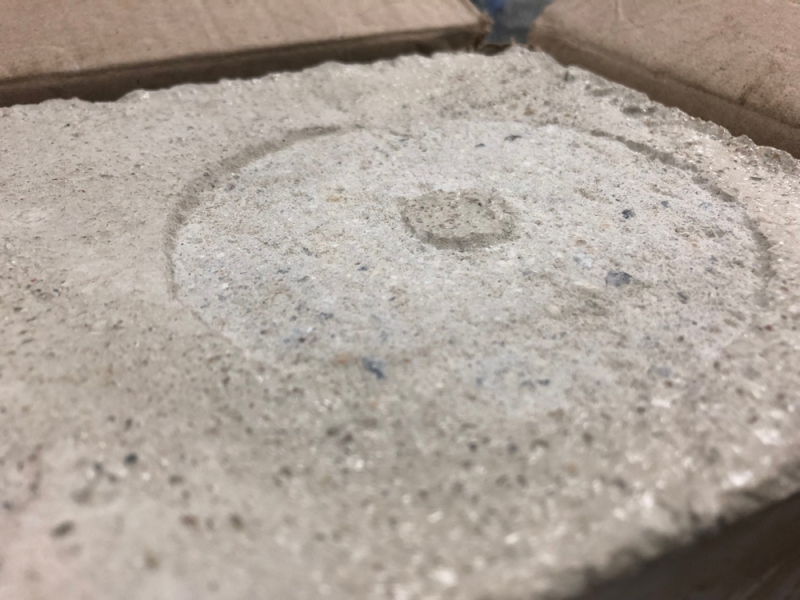There are several different types of abrasion testing.
Taber
The first type is the Taber testing. This is a quick and inexpensive procedure that is done to compare the wear rate the mass loss of one or more materials. This is going to consist of a specimen that is disk-shaped so that it is going to be in constant contact with the abrasive wheel. It is going to use the predetermined forces to a specified number of the cycles to the determined wear. There are three main types of the Taber abrasion testing known as the ASTM 4060, ASTM F1978-12, and MILA-8625.
Block on Ring Wear Testing
The second type is the block on ring wear testing. This is the application of a normal load to the metallic test block. This means that it is going to be subjected to the sliding and abrasive motion against the metallic ring of the machine. This is going to be done in the ASTM G77 that is used to rank the material pairs that is based on the loss of the volume for both the block and the ring. It is going to be very useful when you are attempting to characterize the metal-on-metal wear rate.
Pin on Disk Wear Testing
The third type is the pin on disk wear testing. This is when two different materials are going to be involved in the abrading. One material is going to be machined inside of the pin and the other one inside of the disk. This is the best way to determine the different wear properties. If you are wanting to compare the tribological properties of a pair of materials, then you are going to want to use these types of testing. These properties are going to include the frictional force coefficients.
Blade on Block wear testing
The fourth type is the blade on block wear testing. This is going to utilize the object that is going to articulate back and forth on a stationary specimen. This will happen while it is being subjected to the constant normal load. The examples of this behavior is going to be characterized by this type of test is the lifespan of the coatings and the coefficient of the friction. It is the most useful when the specimen needs the environmental conditions that are not standard. This can also happen if a higher load force than the pink on desk testing can be achieved. Coatings and ink are going to be printed on the membrane switches that can be affected by the abrasive forces when they repeat because of the human finger. Some other things that can affect this are cleaning, rubbing, wiping, storage, shipping, or just accidental damage to it. But you are going to be able to see any type of visible wear on the material by subjecting it to the coatings and inks in a repetitive manner when you are using the abrasive force in the testing.
Custom
The fifth type is custom abrasion and wear testing. This is going to be used when the client has a procedure that is not standard or a specimen that they are trying to test. The element has all of the capabilities that you will need in order to create a proper setup. This is going to mimic the specific application that allows for a simulation that is real life. This is usually going to be the best solution if you need specific data recognition. The material might need a real life cycle expectation if this wants you to want to do with the testing.

